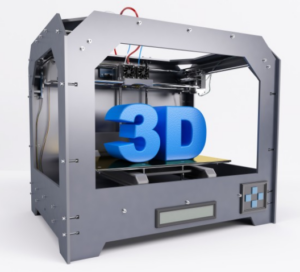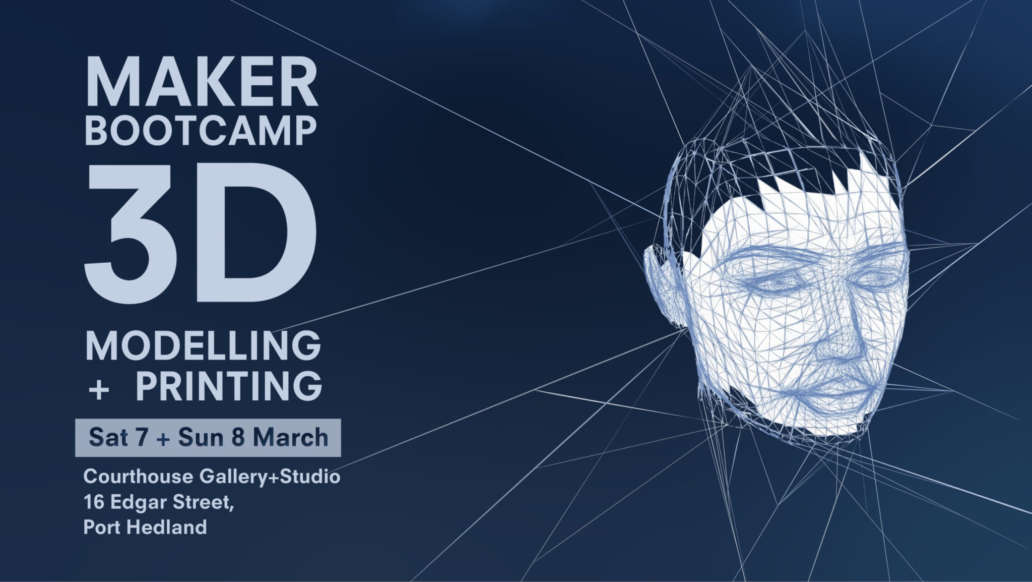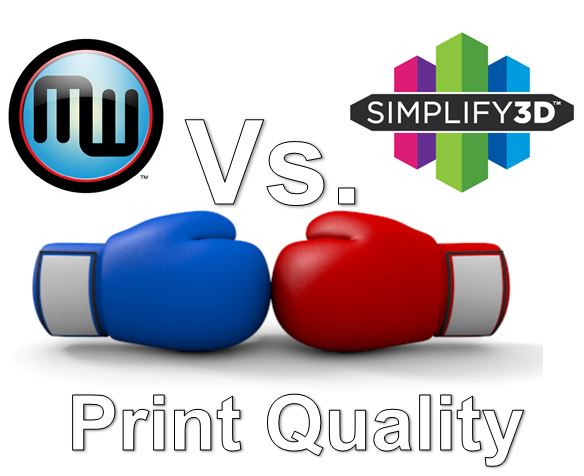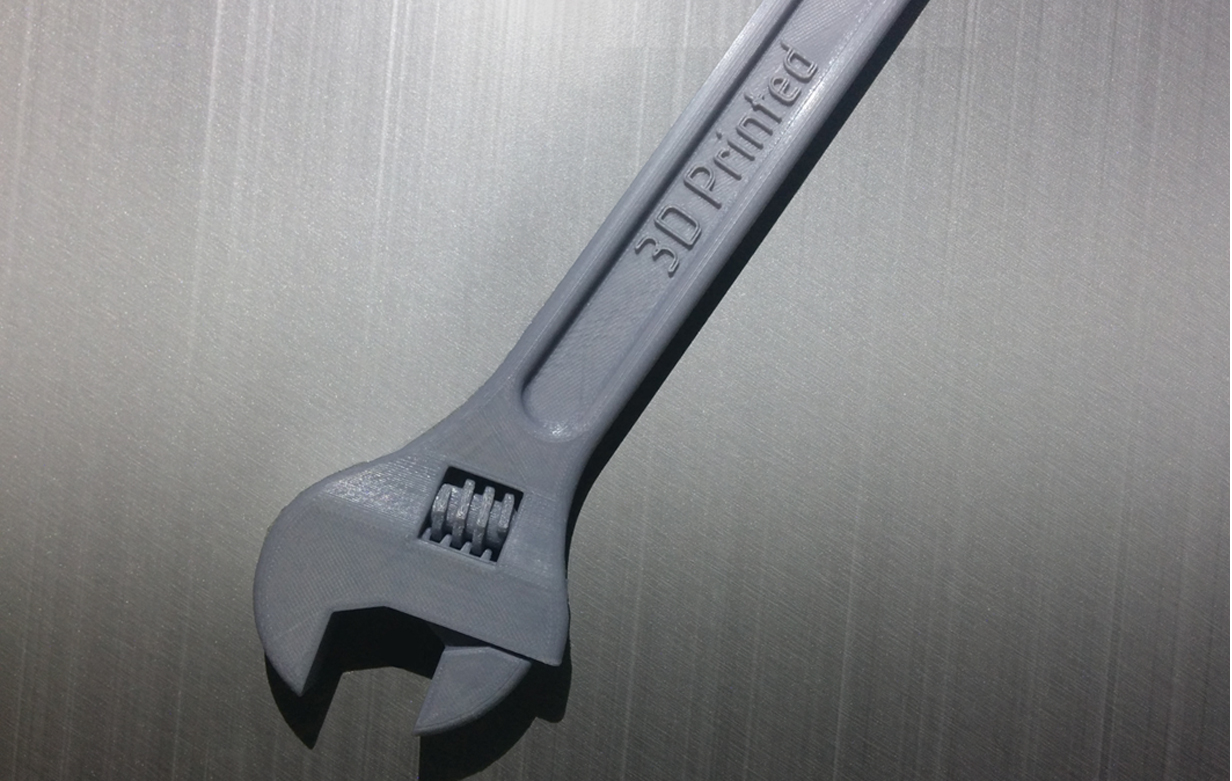HIPS (High Impact Polystyrene)
Brief Introduction and History: HIPS, or High Impact Polystyrene, is a versatile and widely used 3D printing material. It was initially developed in the 1930s and has since become a popular choice due to its impact resistance and ease of use in various applications within the 3D printing industry.
Material Composition: HIPS is a synthetic polymer made from the combination of styrene and butadiene rubber. The addition of rubber enhances the toughness and impact resistance of the polystyrene, making it an ideal choice for 3D printing applications that require durability.
Uses: Common applications for HIPS include prototyping, model making, and the production of functional parts for machinery and equipment.
Best Fit Use: HIPS is particularly well-suited for creating support structures in 3D printing, especially for complex and intricate designs due to its easily soluble nature in d-Limonene.
Detailed Example of Specific Use 1: One primary use of HIPS is its utilization as a dissolvable support material for ABS 3D printing. This proves effective in creating intricate and elaborate designs with overhangs and complex geometries as the HIPS supports can be easily dissolved, leaving a clean, finished product.
Detailed Example of Specific Use 2: Another significant use of HIPS is in the creation of functional prototypes for mechanical and engineering applications. Its impact resistance and dimensional stability make it an ideal choice for producing accurate and durable parts for testing and development purposes.
Difference Between Basic and Advanced Forms: The basic form of HIPS is widely available and used in 3D printing. However, advanced forms include modified blends with additives such as flame retardants for specific industrial applications requiring fire resistance. These advanced versions offer enhanced properties to meet specialized requirements.
Benefits: The advantages of using HIPS in 3D printing include its affordability, ease of use, ability to create complex support structures, and its compatibility with various 3D printers.
Drawbacks: Potential limitations of HIPS include its low heat resistance and susceptibility to warping if not properly managed during the printing process.
Overall Rating for Daily Use: HIPS is rated highly for daily use, suitable for both hobbyist and professional contexts, particularly for its role in creating support structures and functional prototypes.
Future Developments: Ongoing research in the 3D printing industry is focused on further enhancing the properties of HIPS, including improving its heat resistance and exploring new applications in sectors such as automotive and aerospace engineering.






